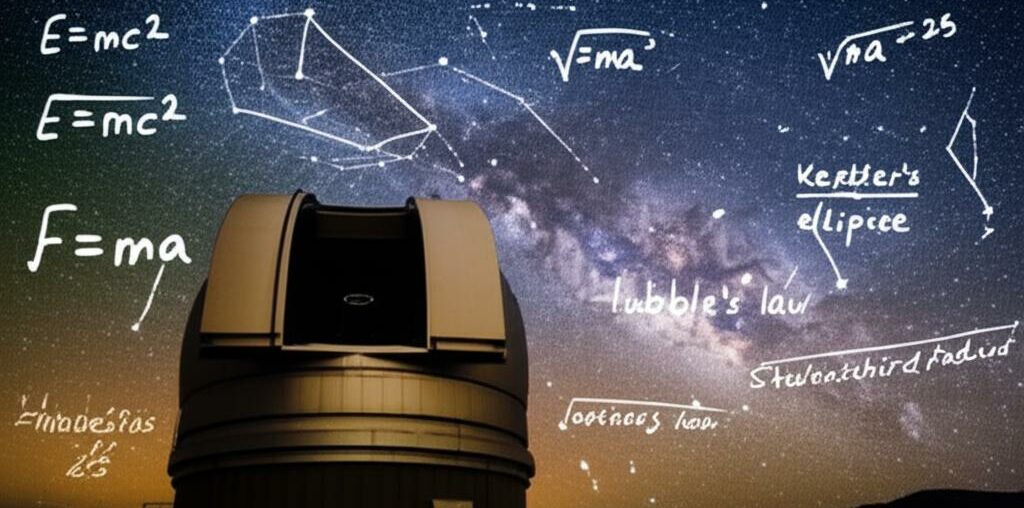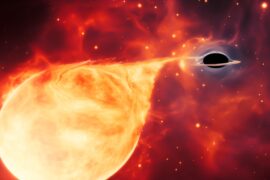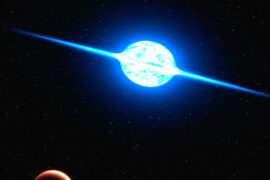On July 5, 1687, Isaac Newton published the Principia, which for the first time gave a concise mathematical law for gravity that would shape centuries of astronomical thought.
Equations turn measurements into predictions: they let engineers aim spacecraft, let telescopes translate photons into temperatures, and let cosmologists run the clock on the universe. The gravitational constant G (6.674×10-11 m3 kg-1 s-2) and a few other constants anchor those calculations.
This guide explains ten essential relations from mechanics, radiation physics, and relativity, grouped into three themes—motion & gravity; light & observation; and stellar, relativistic, & cosmological physics—and shows how key astronomy formulas link to real missions and instruments. Let’s unpack the ten equations that let us weigh stars, time spacecraft, and read the history of the cosmos.
Fundamental Laws of Motion and Gravity
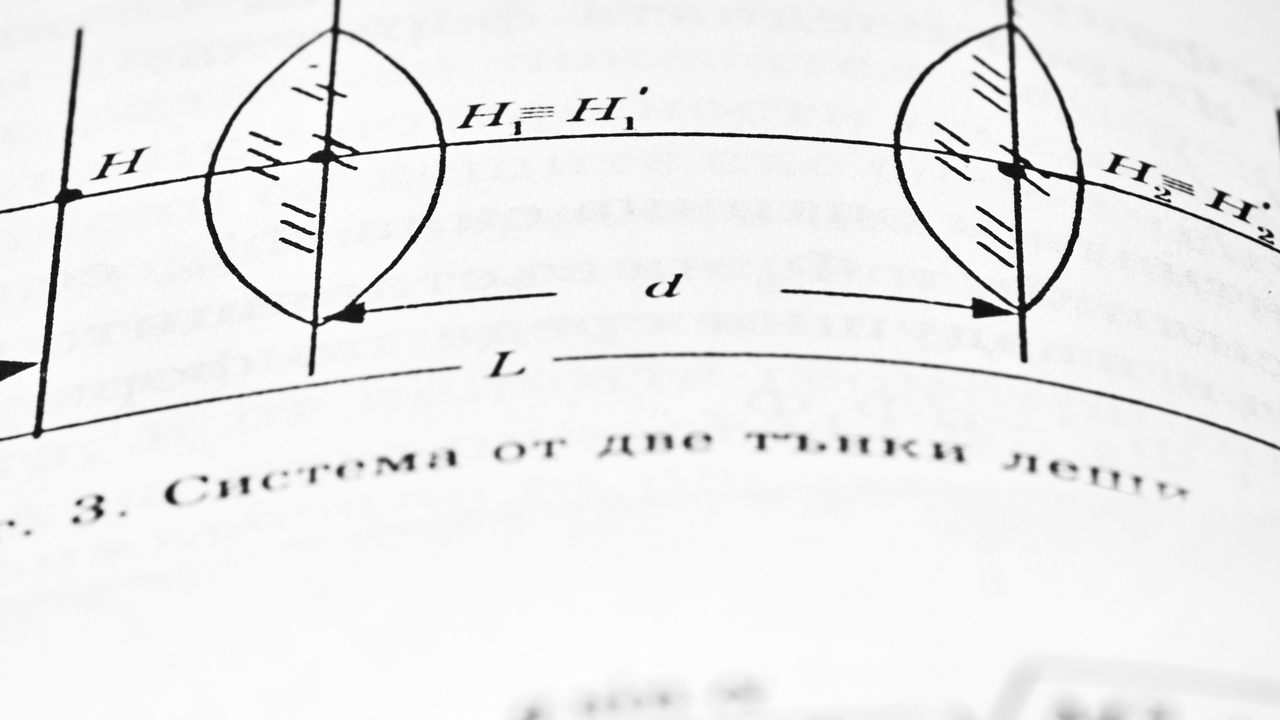
Gravity and Newtonian mechanics form the starting point for predicting where planets, asteroids, and spacecraft will be. Newton’s 1687 Principia gave the inverse-square law; the Cavendish experiment (1798) measured G directly. Engineers use these relations daily—Voyager trajectories, Hohmann transfers for satellites, and delta-v budgets for planetary missions all rely on the same math.
1. Newton’s Law of Universal Gravitation — F = G m1 m2 / r^2
F = G m1 m2 / r2 states the gravitational force between two point masses separated by distance r. Here F is force (N), G = 6.674×10-11 m3 kg-1 s-2, m1 and m2 are masses (kg), and r is separation (m).
The 1/r2 dependence explains Kepler’s laws: it produces closed elliptical orbits for two-body systems. Cavendish’s 1798 torsion-balance experiment yielded the first laboratory value of G, allowing absolute mass measurements for Earth and the Sun (M☉ = 1.989×1030 kg).
Example calculation: force between Earth (M = 5.972×1024 kg) and a 1,000 kg satellite at r ≈ 7,000 km (7.0×106 m): F ≈ G·M·m/r2 ≈ (6.674×10-11)(5.972×1024)(1,000)/(7.0×106)2 ≈ 8.15×103 N, which sets required thrust for maneuvers and station-keeping.
2. Newton’s Second Law — F = ma (and its use in orbital dynamics)
F = ma links net force F to acceleration a of a mass m. In orbital dynamics you plug gravitational force into F = ma to get the equations of motion for a spacecraft or planet.
At Earth’s surface the acceleration g ≈ 9.81 m/s2. Escape velocity from Earth, derived from energy arguments using Newtonian mechanics, is about 11.2 km/s. Engineers use F = ma to size thrusters for attitude control and to compute acceleration during planetary flybys.
Concrete uses include small CubeSat attitude-control firings (millinewtons of thrust for seconds) and delta-v budgets for lunar transfers, where mission designers sum many F = ma-derived maneuvers to ensure successful insertion or capture.
3. Vis Viva Equation (Orbital Energy) — v^2 = GM(2/r – 1/a)
The Vis Viva equation gives orbital speed v at distance r for an orbit with semi-major axis a around a central mass M. It follows from conservation of energy: kinetic plus potential energy is constant along the orbit.
Vis Viva explains why a spacecraft speeds up near perihelion and slows near aphelion, and it’s central to transfer design and capture/escape calculations. For low Earth orbit (LEO) the typical speed is about 7.8 km/s; the International Space Station orbits at roughly 7.66 km/s.
Example: mission planners compare perihelion and aphelion speeds for comets (Halley’s Comet moves much faster near perihelion) and use Vis Viva to compute delta-v for orbital insertion, gravity assists, or interplanetary transfers including those flown by Voyager 1.
Light, Radiation, and Observational Equations
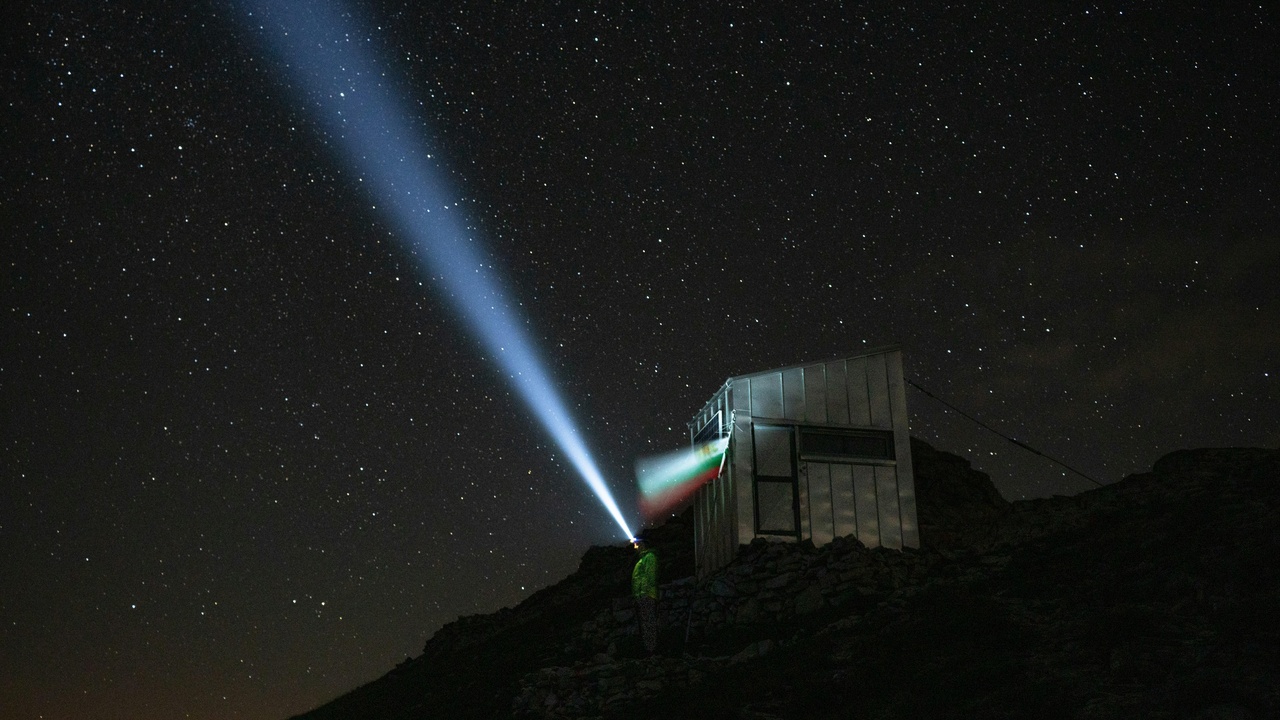
Astronomy reads photons. Wavelength, frequency, and intensity carry information about temperature, motion, composition, and distance. Instruments such as Hubble, JWST, Kepler, HARPS, and the Sloan survey rely on a handful of physical relations to turn raw measurements into physical insight.
The next four equations link emission physics to what detectors see: total radiated power, spectral shape, Doppler shifts, and the inverse-square dimming with distance. These formulas underpin spectroscopy that finds exoplanets and photometry that measures cosmic expansion.
4. Stefan–Boltzmann Law — L = 4πR^2σT^4
The Stefan–Boltzmann law states a blackbody’s luminosity L equals its surface area times σT4, where σ = 5.670374419×10-8 W m-2 K-4, R is radius, and T is effective temperature.
Applied to stars, it converts measured temperature into total radiated power. For the Sun (R☉ ≈ 6.957×108 m, T ≈ 5,778 K) this gives L☉ ≈ 3.828×1026 W, the yardstick for stellar luminosities.
Observers use Stefan–Boltzmann to infer stellar radii from luminosity and temperature or to estimate how large red giants are compared with main-sequence stars when classifying stellar types.
5. Planck’s Law (Blackbody Radiation) — spectral radiance as a function of wavelength and temperature
Planck’s law describes the spectral energy distribution of an ideal thermal emitter; the full formula uses Planck’s constant h = 6.62607015×10-34 J·s and Boltzmann’s constant kB = 1.380649×10-23 J/K.
Stellar continua approximate blackbodies, and the cosmic microwave background (CMB) is an excellent blackbody at T = 2.725 K, peaking near 1.06 mm wavelength. COBE, WMAP, and Planck measured that spectrum to high precision.
Astronomers fit Planck curves to stellar and dust emission to infer temperatures; JWST’s infrared spectroscopy, for example, measures thermal emission from protoplanetary dust and young stars by comparing observed spectra to blackbody models.
6. Doppler Shift (Radial Velocity) — Δλ/λ = vr / c
The fractional change in wavelength Δλ/λ equals the radial velocity vr divided by the speed of light c = 299,792,458 m/s, for non-relativistic speeds. Positive Δλ indicates redshift (recession); negative indicates blueshift (approach).
High-precision spectrographs such as HARPS and HIRES measure stellar velocity shifts of a few m/s, which revealed the first hot Jupiter around 51 Pegasi and continue to find lower-mass exoplanets. Galaxy redshifts are often expressed as z ≈ Δλ/λ for cosmological work.
Typical exoplanet-induced stellar velocities range from a few m/s (Earth-mass planets) to hundreds of m/s (massive gas giants), while nearby galaxies might have z ≈ 0.03; the Doppler relation is the basic tool for motion along the line of sight.
7. Flux–Luminosity–Distance Relation — F = L / (4πd^2)
The inverse-square law relates an object’s observed flux F (W m-2) to its intrinsic luminosity L and its distance d: F = L/(4πd2). Observed brightness falls off with the square of distance.
This relation is the backbone of the distance ladder: if you know L for a standard candle like a Cepheid or a Type Ia supernova, you can solve for d. Type Ia supernovae, standardized via light-curve corrections, led to the 1998 discovery of accelerated expansion.
Flux measurements feed into Hubble’s law and estimates of the Hubble constant H0 (current measurements span ≈67–74 km/s/Mpc) and require careful calibration and handling of extinction and observational uncertainty.
Stellar Structure, Relativity, and Cosmology
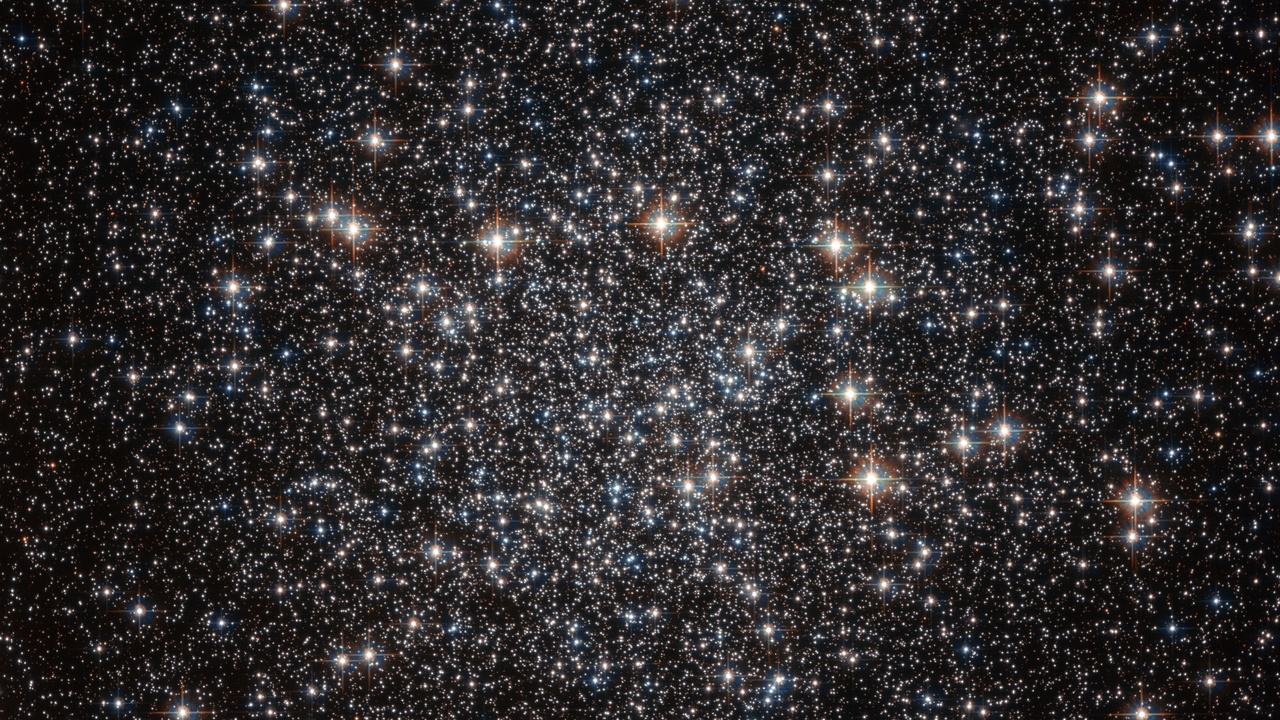
To move from orbits and light to why stars shine and how the universe evolves we need equations that combine microphysics with gravity and spacetime. These relations guide models of stellar evolution, predict gravitational waves, and set the universe’s expansion history.
Recent milestones that validate this sector include LIGO’s first gravitational-wave detection in 2015 and the Planck satellite’s precise cosmological parameters between 2013 and 2018.
8. Hydrostatic Equilibrium (Stellar Structure) — dP/dr = -G m(r) ρ(r) / r^2
Hydrostatic equilibrium balances the pressure gradient dP/dr against gravity at each radius r inside a star: dP/dr = -G m(r) ρ(r)/r2. Here P is pressure, m(r) is mass enclosed within radius r, and ρ(r) is local density.
Coupled to energy-generation rates (nuclear fusion) and energy transport equations (radiative or convective), hydrostatic equilibrium determines stellar structure and lifetime. The Sun’s core temperature is ≈15×106 K and its total lifetime on the main sequence about 10 billion years.
When core fusion changes composition, hydrostatic balance shifts and the star expands into a red giant; stellar models used in asteroseismology and helioseismology rely on solving this equation numerically to match oscillation data and infer interior profiles.
9. Einstein’s Field Equation (Qualitative) — Gμν + Λgμν = (8πG/c^4) Tμν
Written compactly, Einstein’s field equation relates spacetime curvature (left side) to the stress-energy tensor Tμν (right side), with the cosmological constant Λ as an extra term that acts like dark energy. A full tensor treatment is not required here; conceptually, mass-energy tells spacetime how to curve and curvature tells matter how to move.
Relativity predicted gravitational waves and black holes; LIGO’s first direct detection, GW150914 on September 14, 2015, confirmed the dynamical predictions of the field equations and allowed precise inference of black hole masses (tens of solar masses) from waveform shapes.
The equations also underpin predictions for light-bending, time dilation, and relativistic precession, all essential for interpreting signals from compact objects and for technologies such as GPS, which must correct for general relativistic effects.
10. Friedmann Equation (Cosmic Expansion) — (ȧ/a)^2 = (8πG/3)ρ – k/a^2 + Λ/3
The Friedmann equation governs the expansion rate of the universe via the scale factor a(t); its time derivative ȧ/a is the Hubble parameter H(t). The equation ties together matter-energy density ρ, spatial curvature k, and the cosmological constant Λ.
Current estimates place the Hubble constant H0 near 67–74 km/s/Mpc and the critical density at roughly 9.47×10-27 kg/m3. Planck satellite results (2013–2018) constrain the mix of matter, radiation, and dark energy that enters ρ and Λ.
Solving the Friedmann equation yields the age of the universe ≈13.8 billion years (Planck 2018) and predicts future scenarios—from continued accelerated expansion under Λ-dominance to different fates if dark energy evolves—making it central to modern cosmology.
Summary
These ten relations form a compact toolkit that connects laboratory constants, telescope data, and mission design to the largest scales of the cosmos.
- Newtonian gravity and motion let engineers plan trajectories and weigh planets using only a few constants and orbital measurements.
- Radiation laws and Doppler shifts translate photons into temperatures, compositions, and motions—enabling JWST spectroscopy and Kepler transit photometry.
- Hydrostatic equilibrium and nuclear physics set stellar lifetimes, while Einstein’s equations and the Friedmann equation describe black holes, gravitational waves, and cosmic expansion.
- Try a simple calculation: use F = L/(4πd^2) with a known star to estimate its distance, or plot a blackbody curve using Planck’s law to see how peak wavelength shifts with temperature.
- Explore public datasets from NASA or ESA (for example, JPL Horizons) to apply these important astronomy equations yourself.
Enjoyed this article?
Get daily 10-minute PDFs about astronomy to read before bed!
Sign up for our upcoming micro-learning service where you will learn something new about space and beyond every day while winding down.

